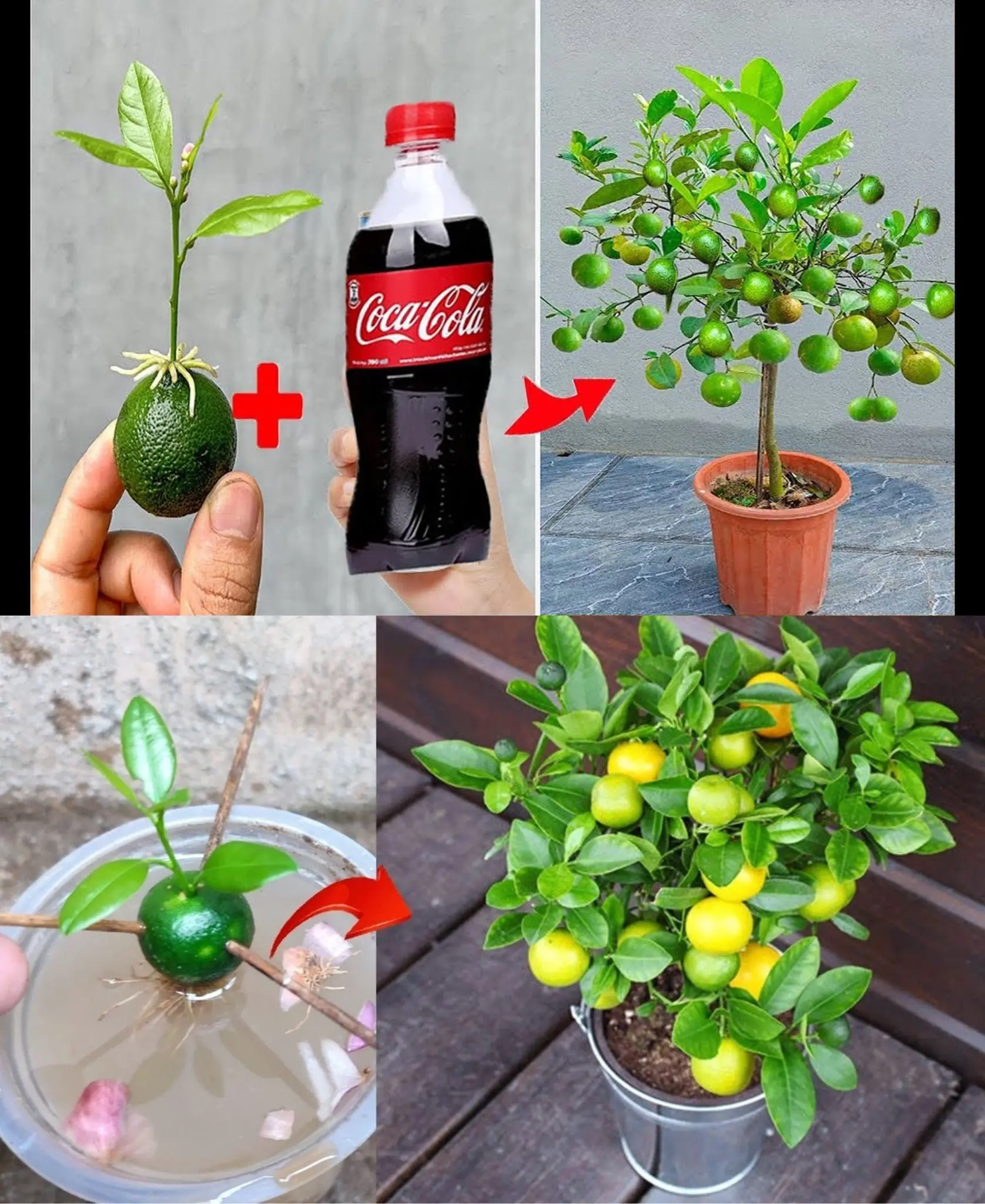
Surprised With How To Grow Celery In Plastic Bottles Quickly | How To Grow Celery At Home
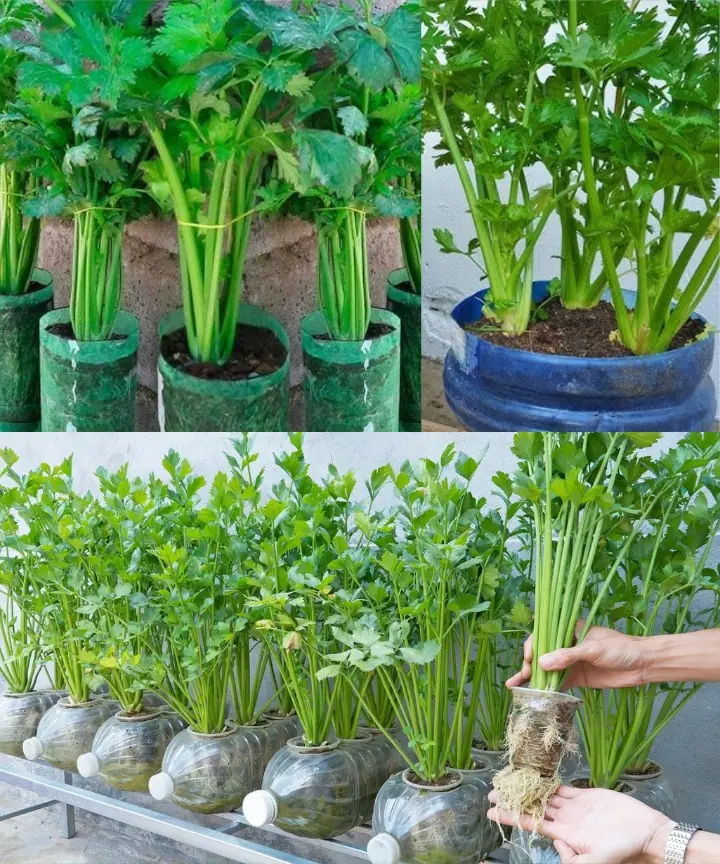
Transform your space into a green oasis by repurposing plastic bottles to grow celery—a perfect solution for small gardens, balconies, or indoor spaces. This method not only maximizes vertical space but also provides a controlled environment that protects your plants from pests, weeds, and harsh weather. Plus, it promotes water efficiency by acting as a mini reservoir and contributes to eco-friendly gardening practices.
Materials Needed
-
Plastic Bottles:
Use bottles with a capacity of at least 2 liters (0.5 gallons) to ensure enough room for celery roots. -
Potting Soil:
Choose a high-quality, loose, well-draining potting mix rich in organic matter. -
Celery Seeds or Seedlings:
Celery seeds can be found at local nurseries or online. For quicker results, opt for celery seedlings. -
Scissors or a Sharp Knife:
To cut the bottles and create openings for planting. -
Watering Can or Spray Bottle:
For thorough and gentle watering of your celery plants.
Step-by-Step Guide
1. Prepare the Bottles
- Clean and Cut:
Remove any labels and clean the plastic bottles thoroughly. Cut each bottle in half horizontally. Use the lower half as your growing container.
2. Create Drainage Holes
- Prevent Overwatering:
With a sharp object (like a nail or a small knife), puncture several drainage holes in the bottom of each bottle. This ensures proper drainage and prevents waterlogging.
3. Fill with Soil
- Add Potting Mix:
Fill the bottom part of the bottle with high-quality potting soil, leaving about an inch from the top to allow room for watering.
4. Planting the Celery
- Seed or Seedling:
- For Seeds: Sow celery seeds directly into the soil following the seed packet instructions.
- For Seedlings: Transplant celery seedlings carefully, ensuring they are well-spaced and the base is properly covered with soil.
5. Water Thoroughly
- Initial Watering:
After planting, water the soil generously so that moisture reaches the root zone. Maintain consistent moisture during the growing process, but be careful not to overwater.
6. Choose the Right Location
- Sunlight:
Celery needs at least six hours of direct sunlight daily. Place your bottles in a sunny spot outdoors or near a bright window indoors. Under grow lights works well too if natural sunlight is limited.
7. Maintain Your Garden
- Regular Care:
Monitor the moisture levels and water as needed. Avoid overwatering, as it may cause root rot. Feed your celery with a balanced liquid fertilizer once a month to promote robust growth.
8. Harvesting
- When to Harvest:
Celery typically takes 80-120 days to mature. Harvest the outer stalks as they grow, leaving the inner stalks to continue developing. Use a sharp knife or scissors to cut the stalks close to the base.
Benefits of Growing Celery in Plastic Bottles
-
Efficient Use of Space:
Ideal for urban settings or small gardens, maximizing vertical and limited space. -
Controlled Environment:
The plastic bottle acts as a mini greenhouse, protecting your celery from pests, weeds, and extreme weather conditions. -
Water Conservation:
Bottles serve as reservoirs, reducing water waste through evaporation and runoff. -
Eco-Friendly Gardening:
Repurposing plastic bottles contributes to reducing waste and promotes sustainable practices. -
Fresh and Nutritious Produce:
Enjoy homegrown celery rich in vitamins, minerals, and flavor, perfect for a healthy diet.
By following these steps, you can quickly set up a sustainable celery garden using repurposed plastic bottles. Embrace this innovative, eco-friendly method to enjoy fresh, nutrient-rich celery right at your fingertips. Happy gardening!
News in the same category

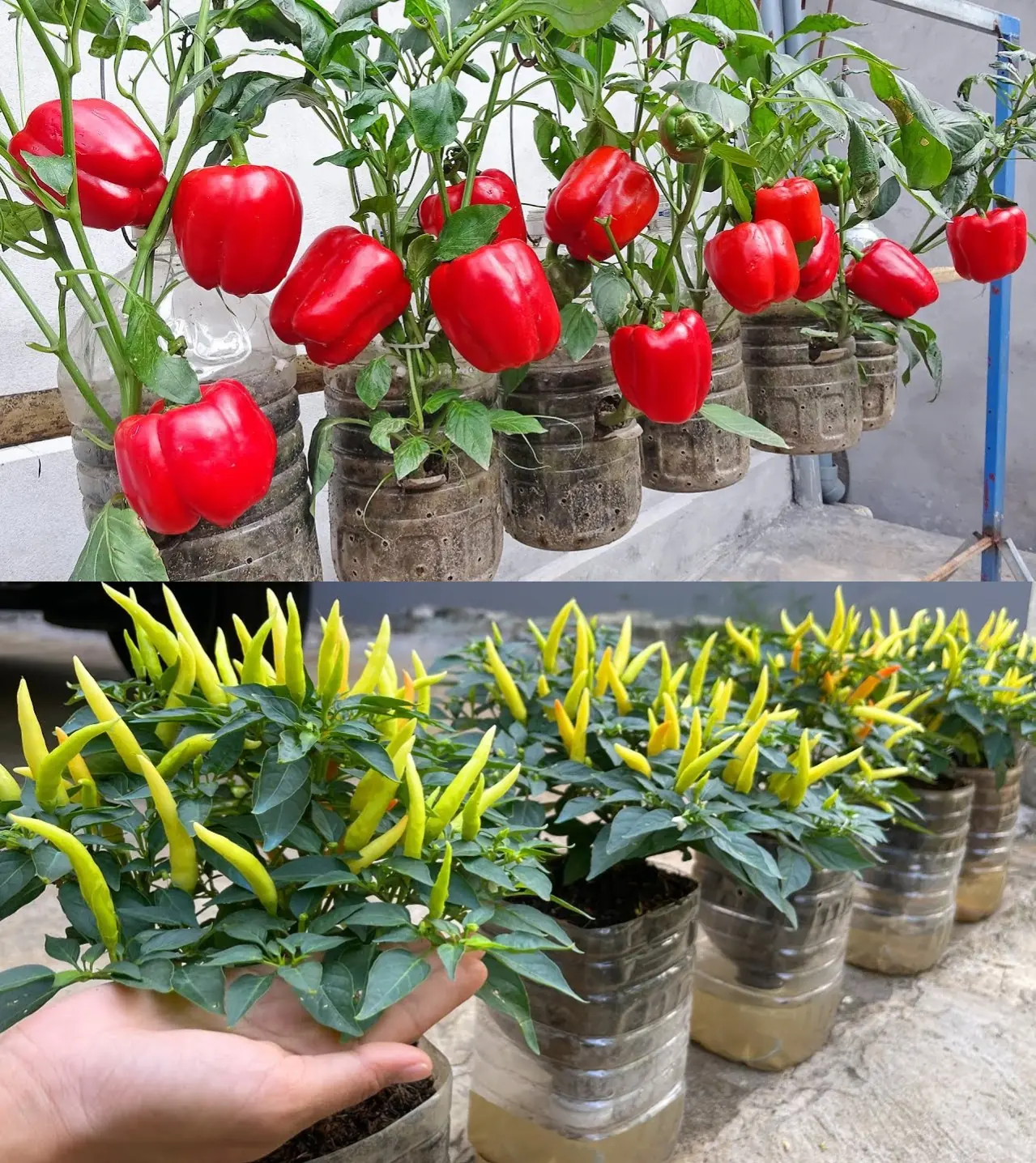
Unlock the Secret to Bountiful Harvests: Nourish Your Tomatoes, Peppers, and Cucumbers with the Right Nutrients
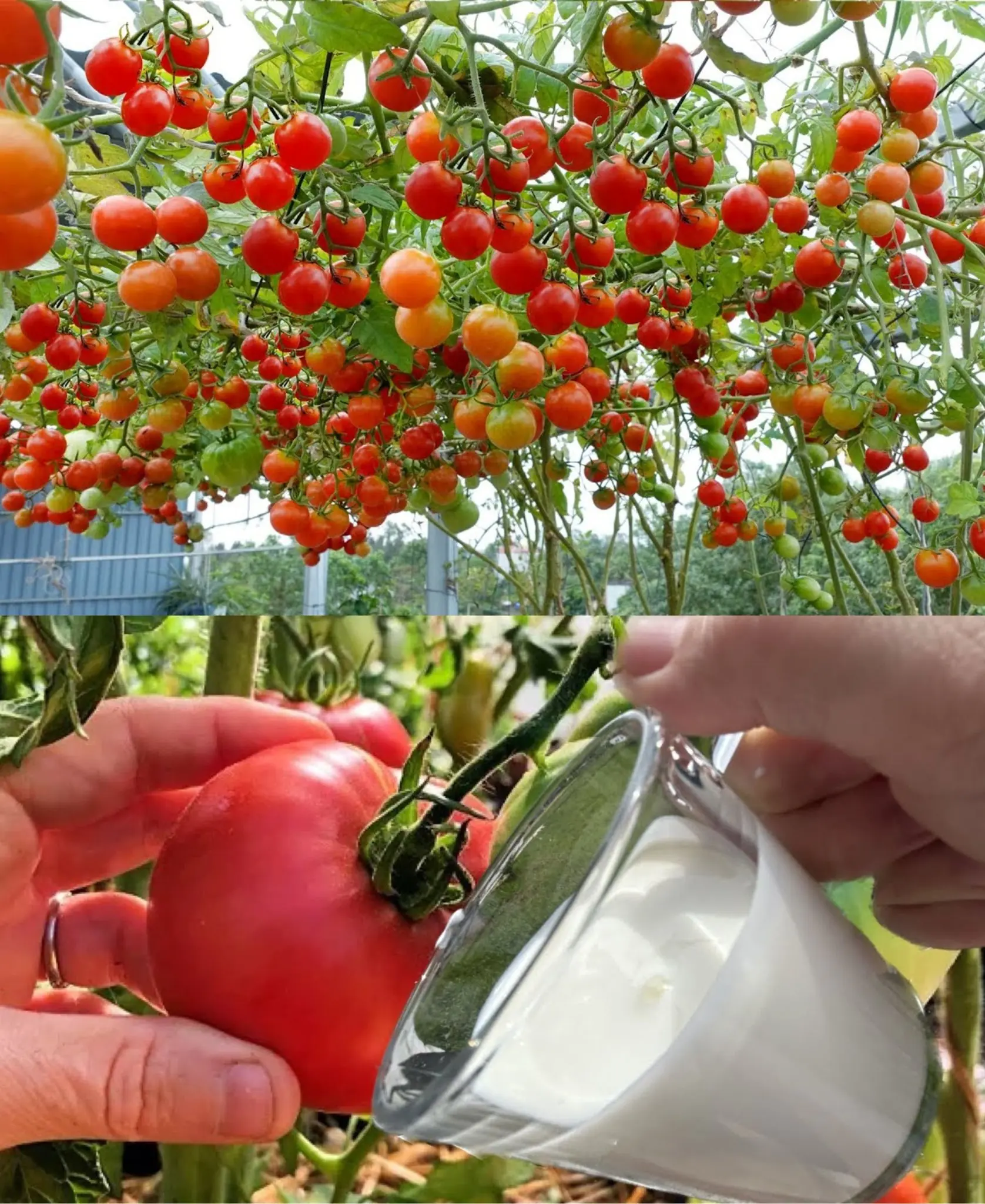
The 7 best fertilizers for your tomatoes – they will grow like never before!
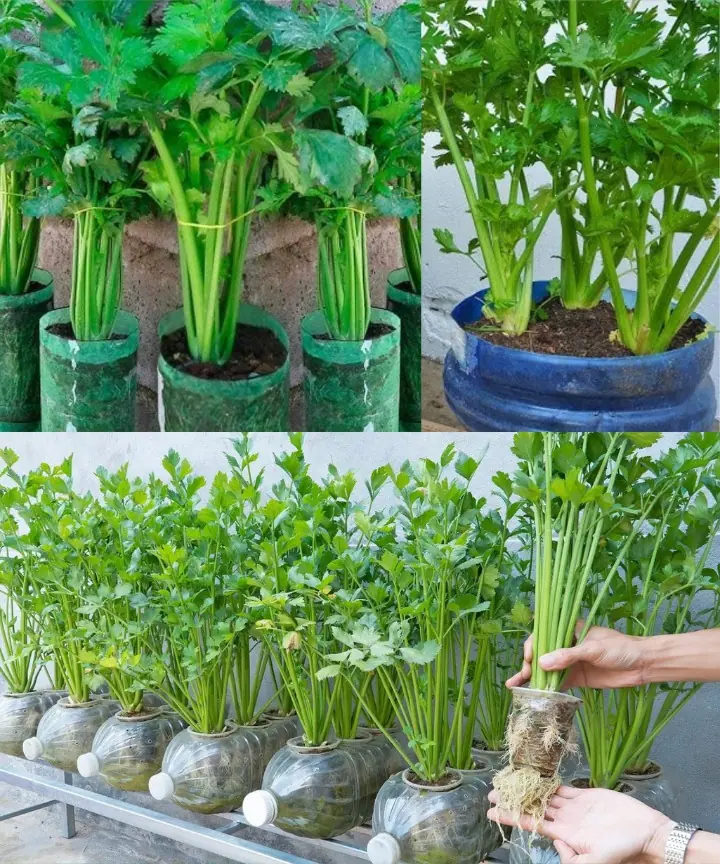
Surprised With How To Grow Celery In Plastic Bottles Quickly | How To Grow Celery At Home

Top 5 Flooring Trends for 2025
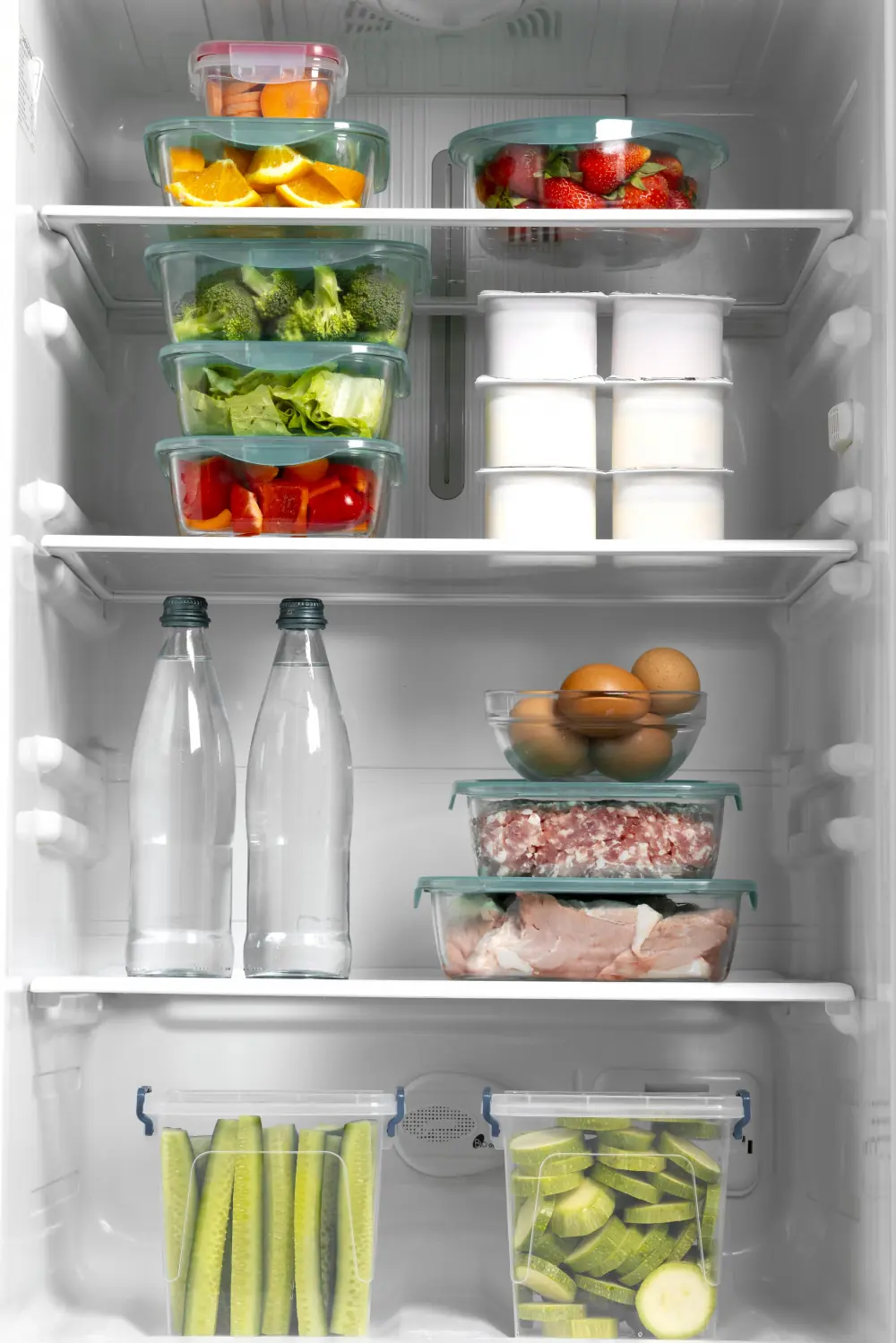
Post-Holiday Fridge Cleanout: What You Should Toss Immediately
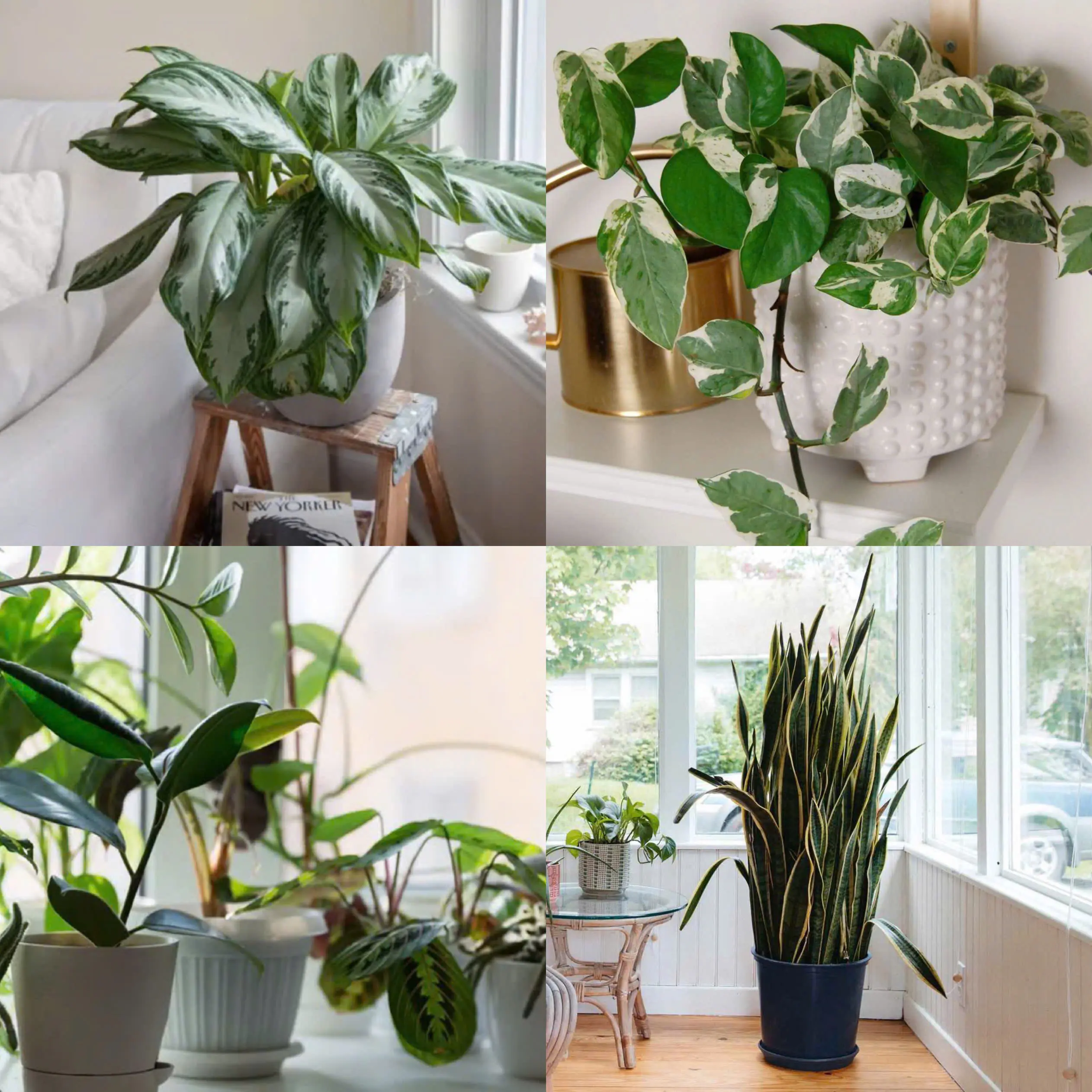
Easy-to-Grow Indoor Plants to Start the New Year
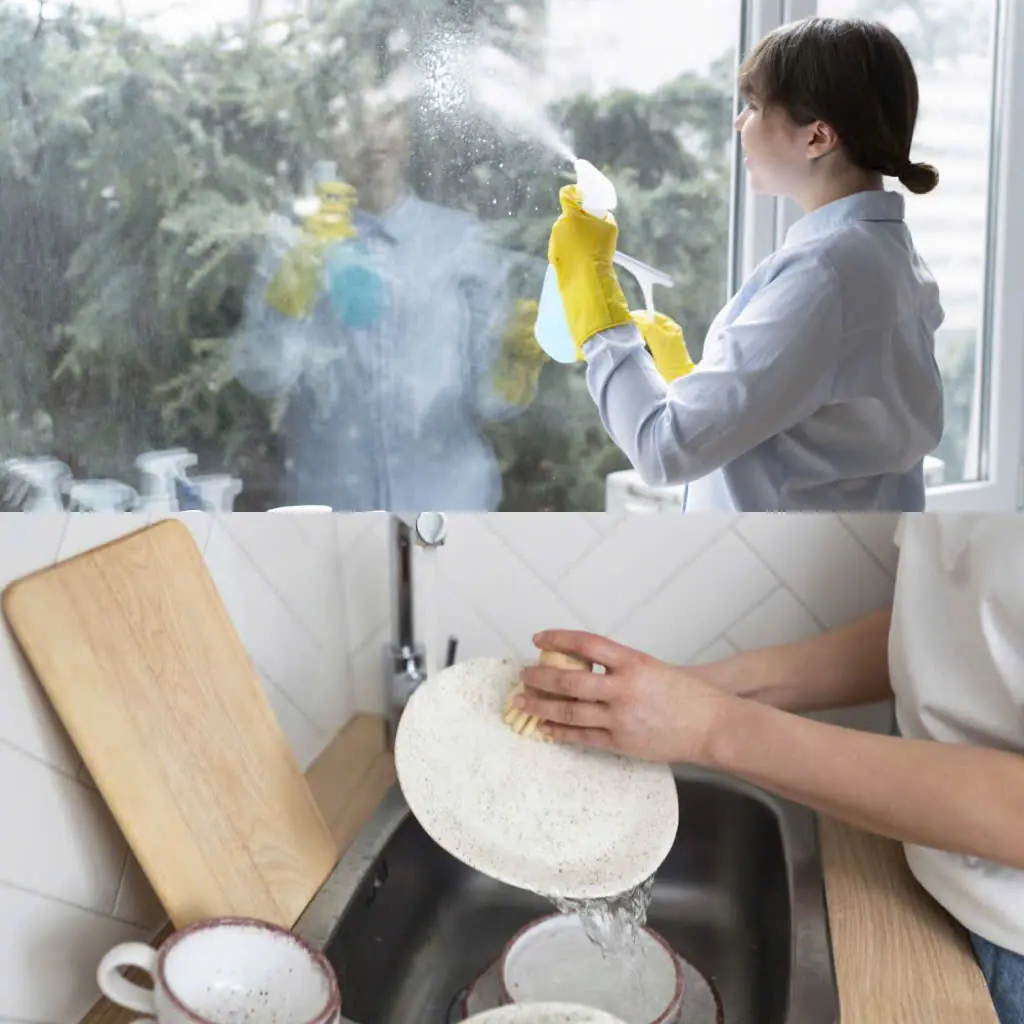
6 Cleaning Mistakes That Waste Your Time
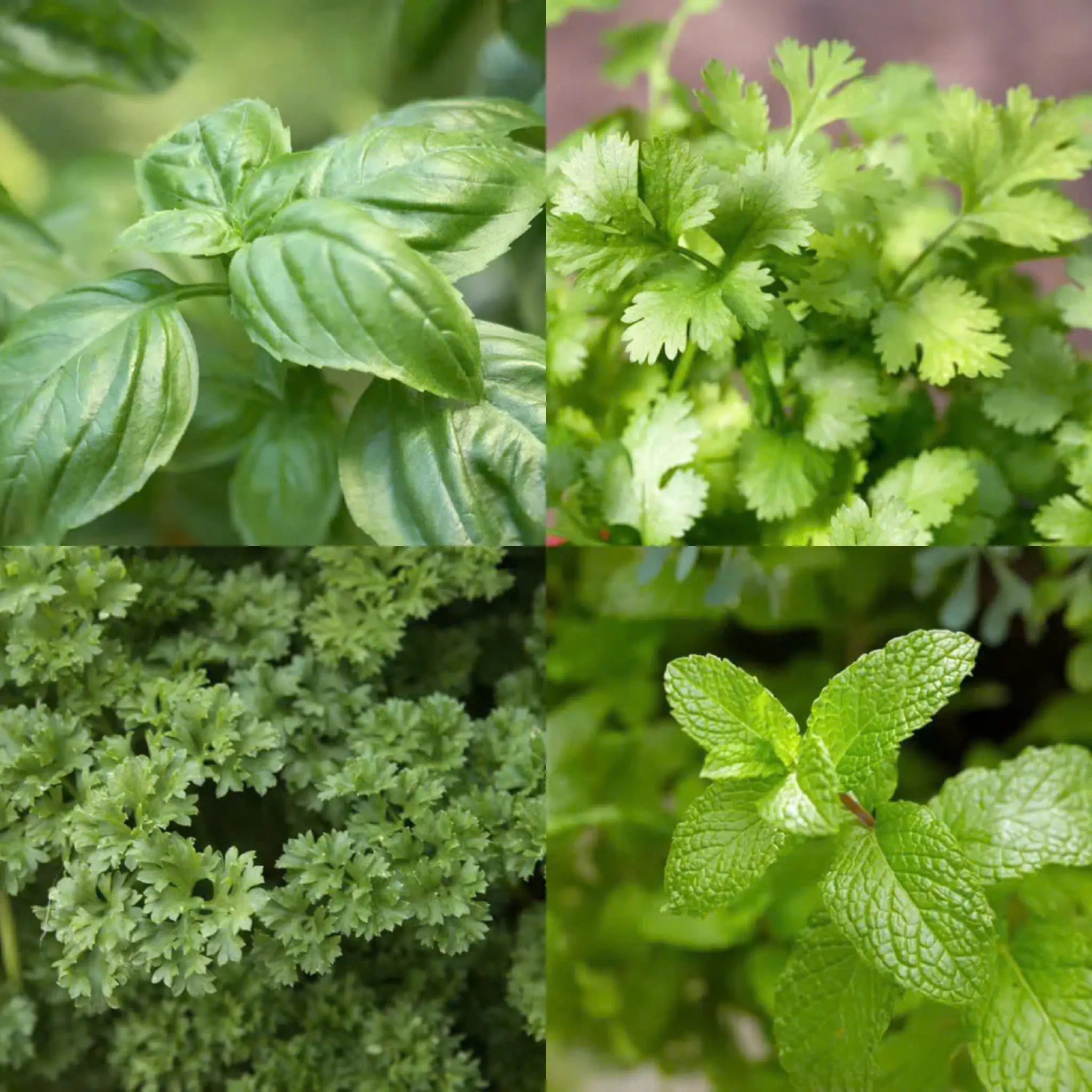
9 Herbs You Can Grow Indoors All Year Round
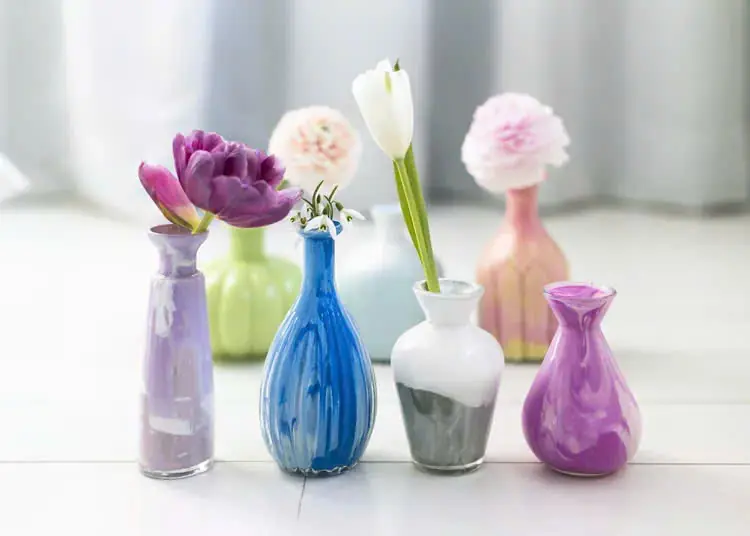
Creative and Stylish Ways to Upcycle Glassware
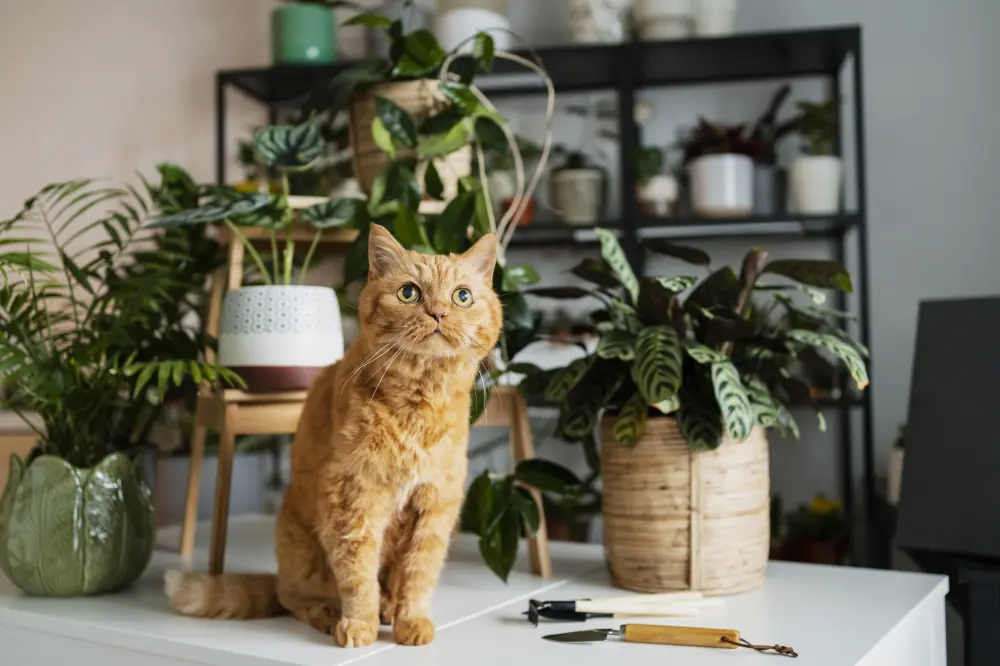
18 Cat-Friendly Houseplants
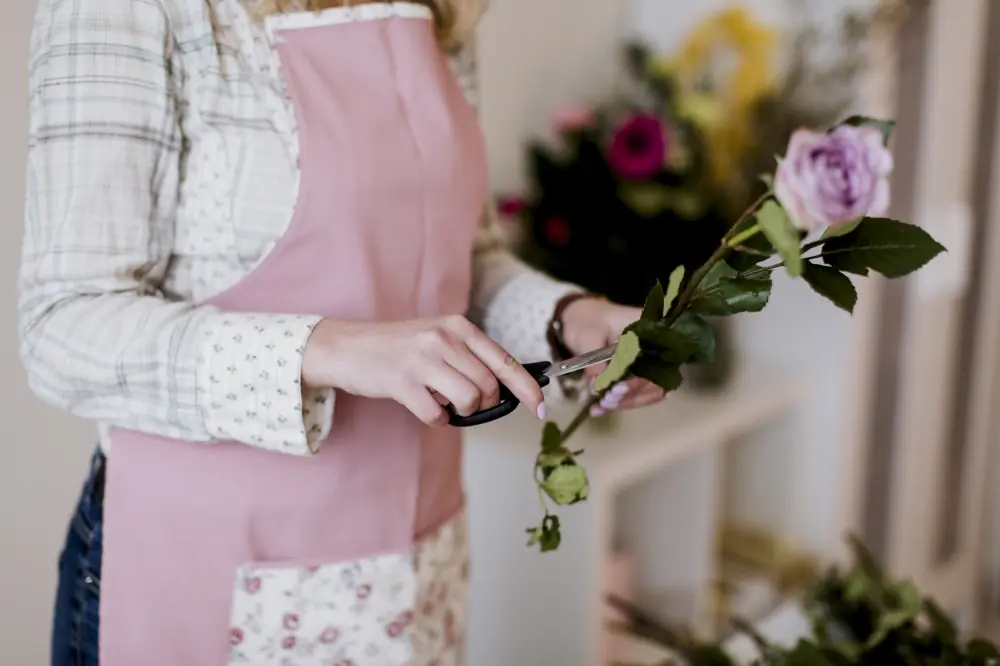
How to Keep Roses Fresh Longer in a Vase
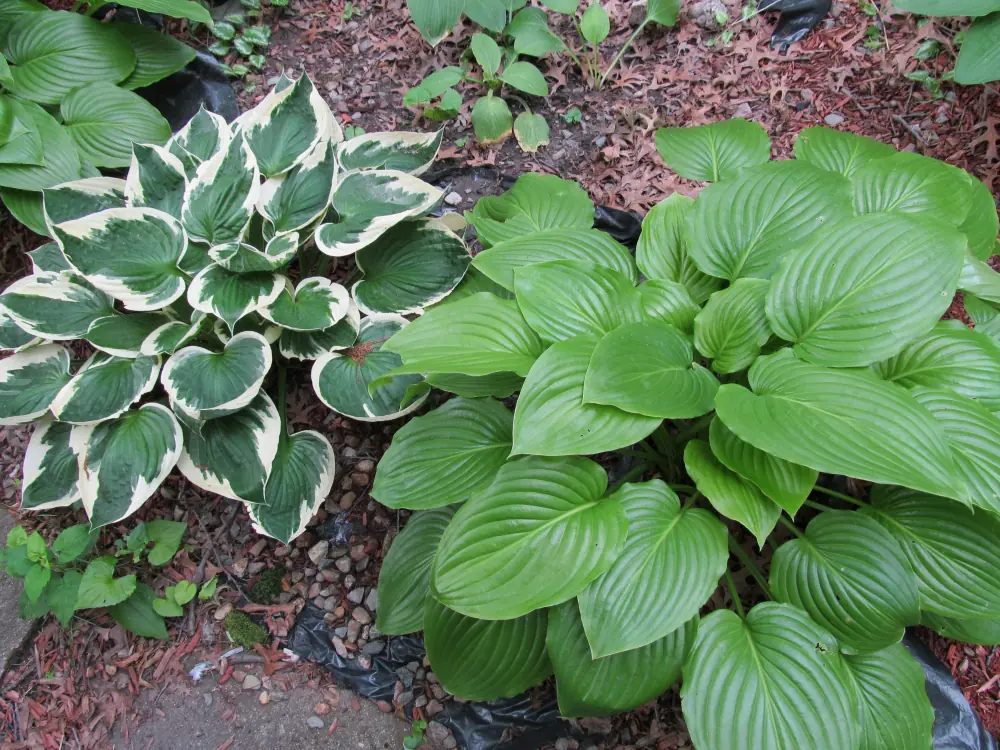
Low-Maintenance Plants for a Vibrant Garden
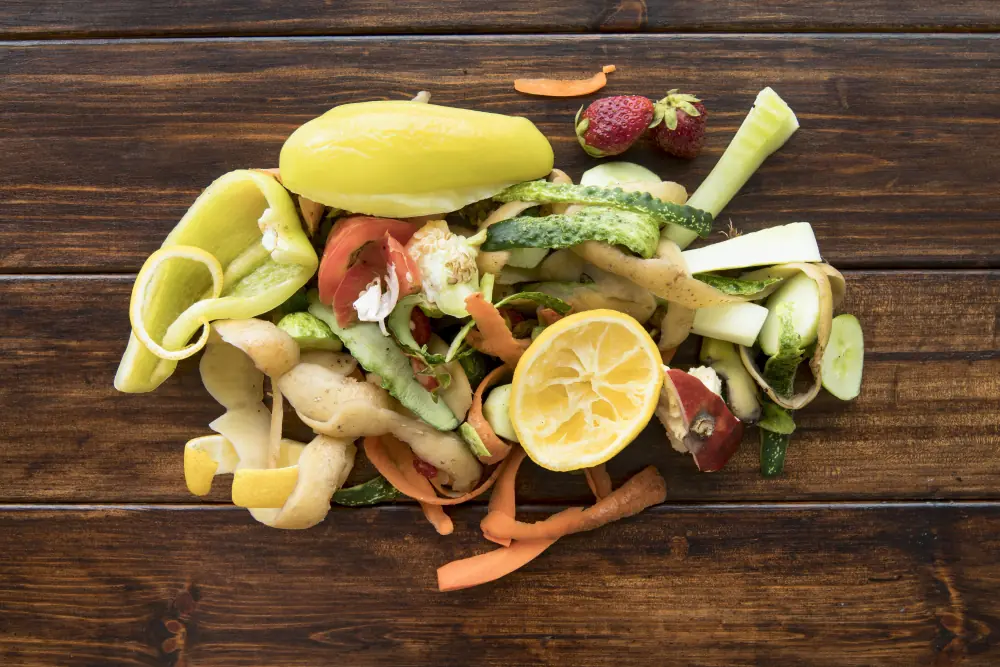
5 Food Scraps to Use in the Garden Instead of the Trash
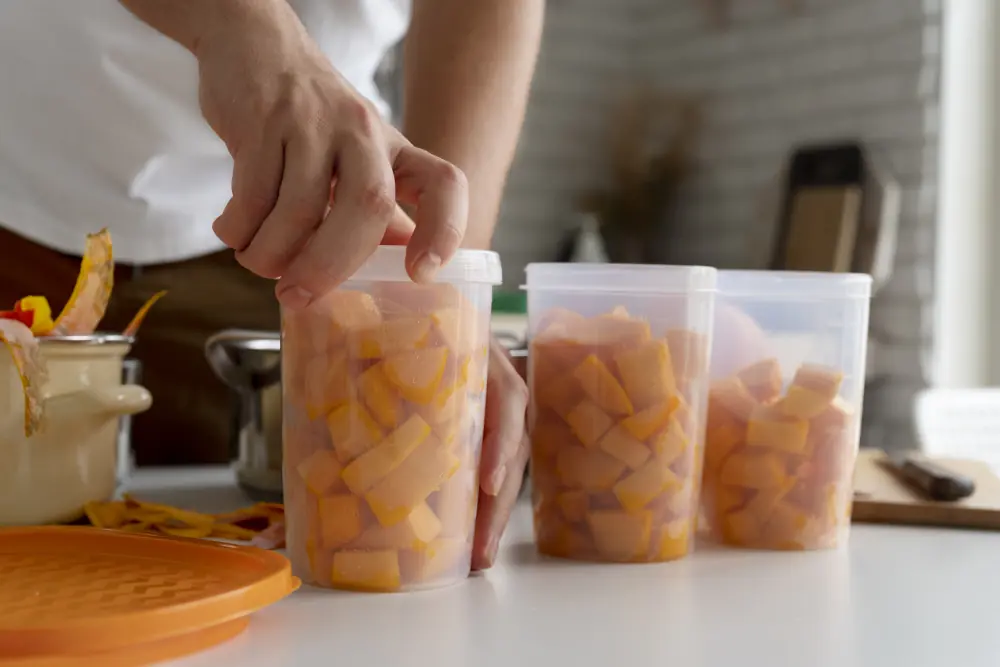
7 Smart Ways to Organize Your Freezer for Easy Access
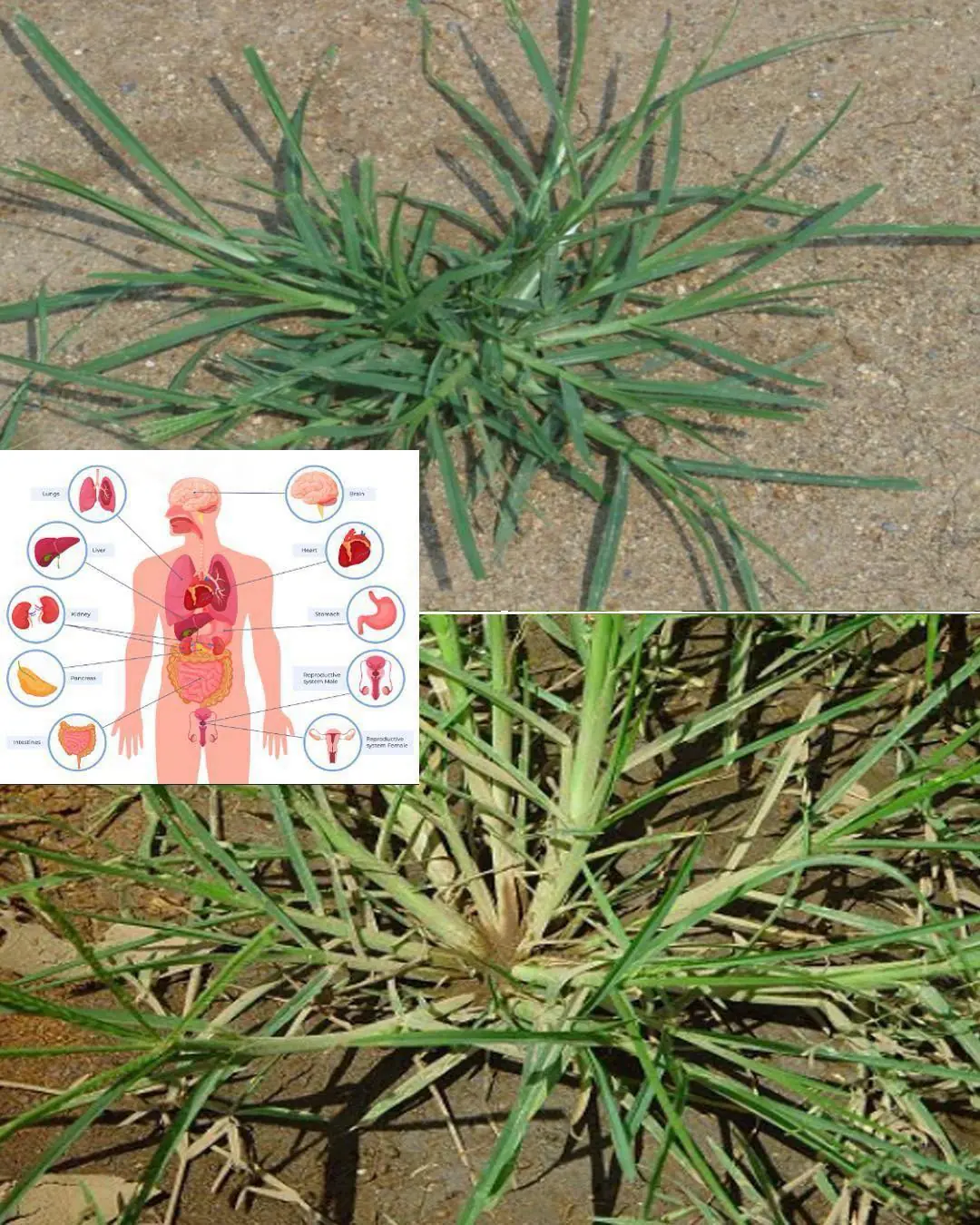
Goosegrass: A Hidden Natural Remedy with Remarkable Benefits
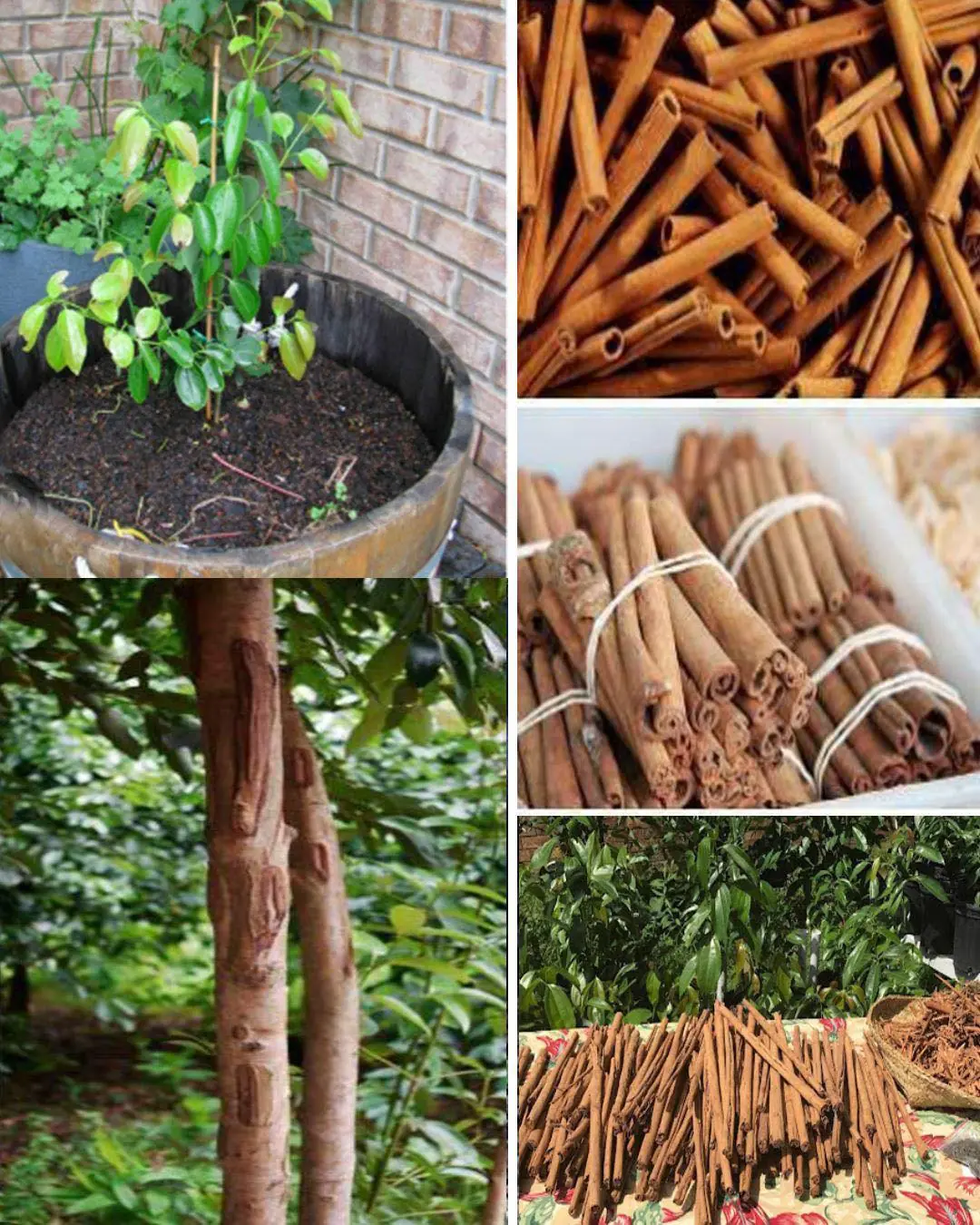
How to grow Cinnamon trees

Bedbugs: Effective Ways to Eliminate Them from Your Home
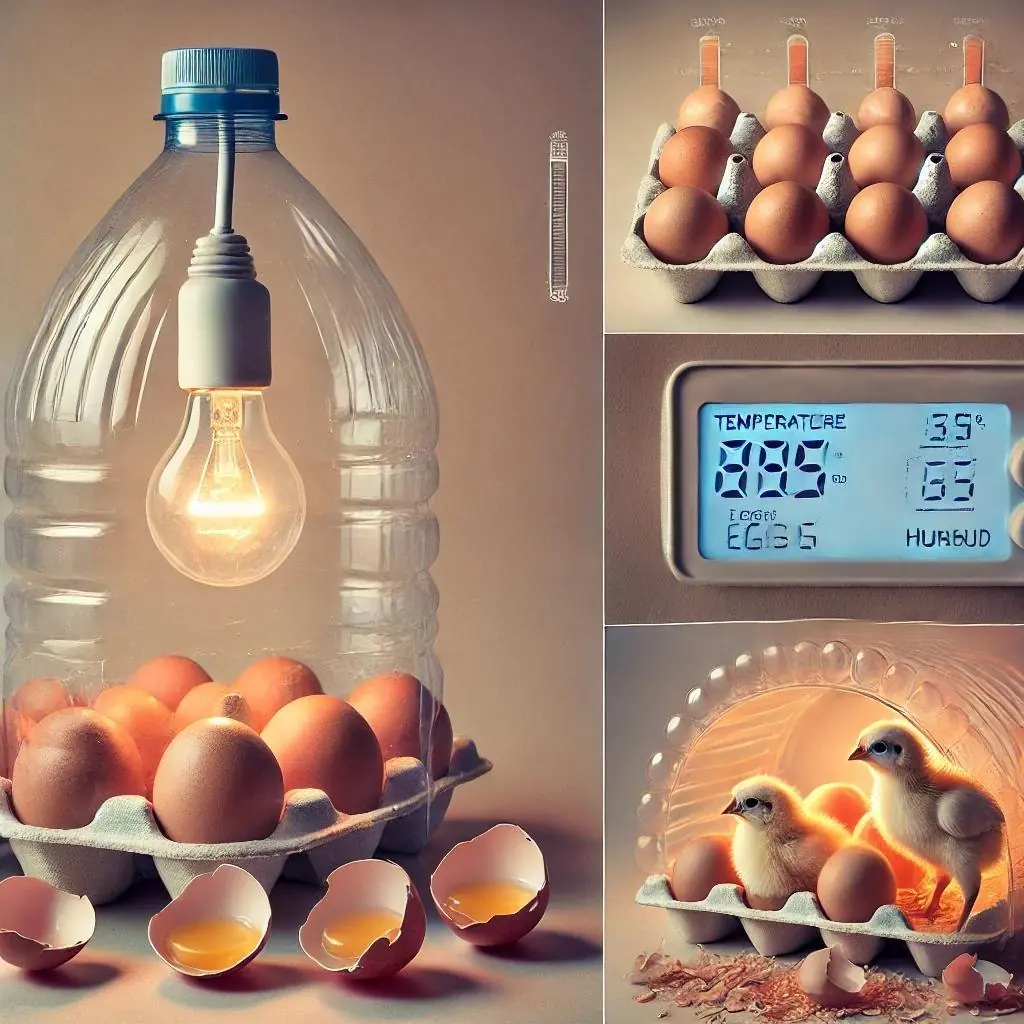
How to Build a Homemade Egg Incubator Using a Water Bottle
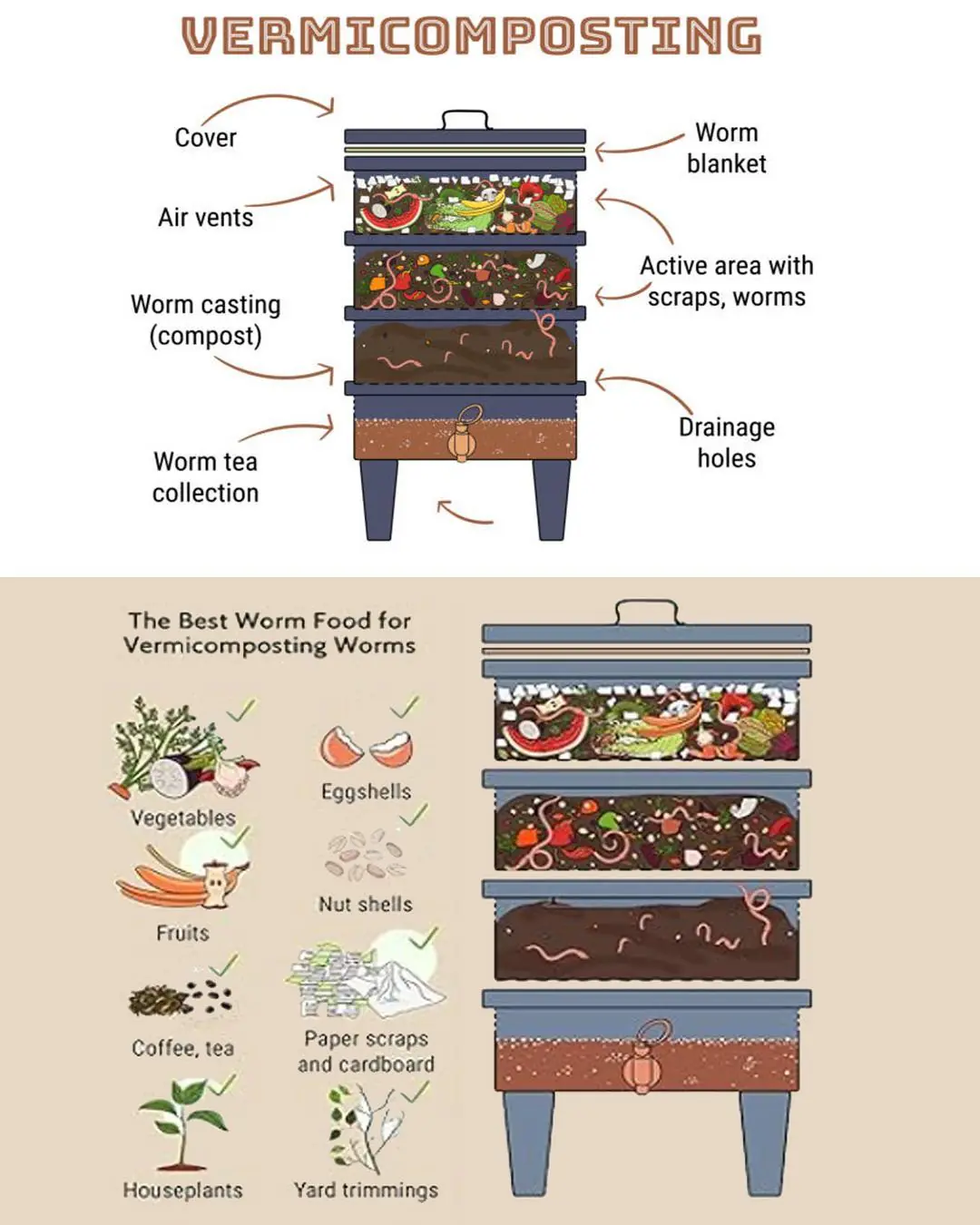
How to Build a Homemade Vermicomposter
News Post
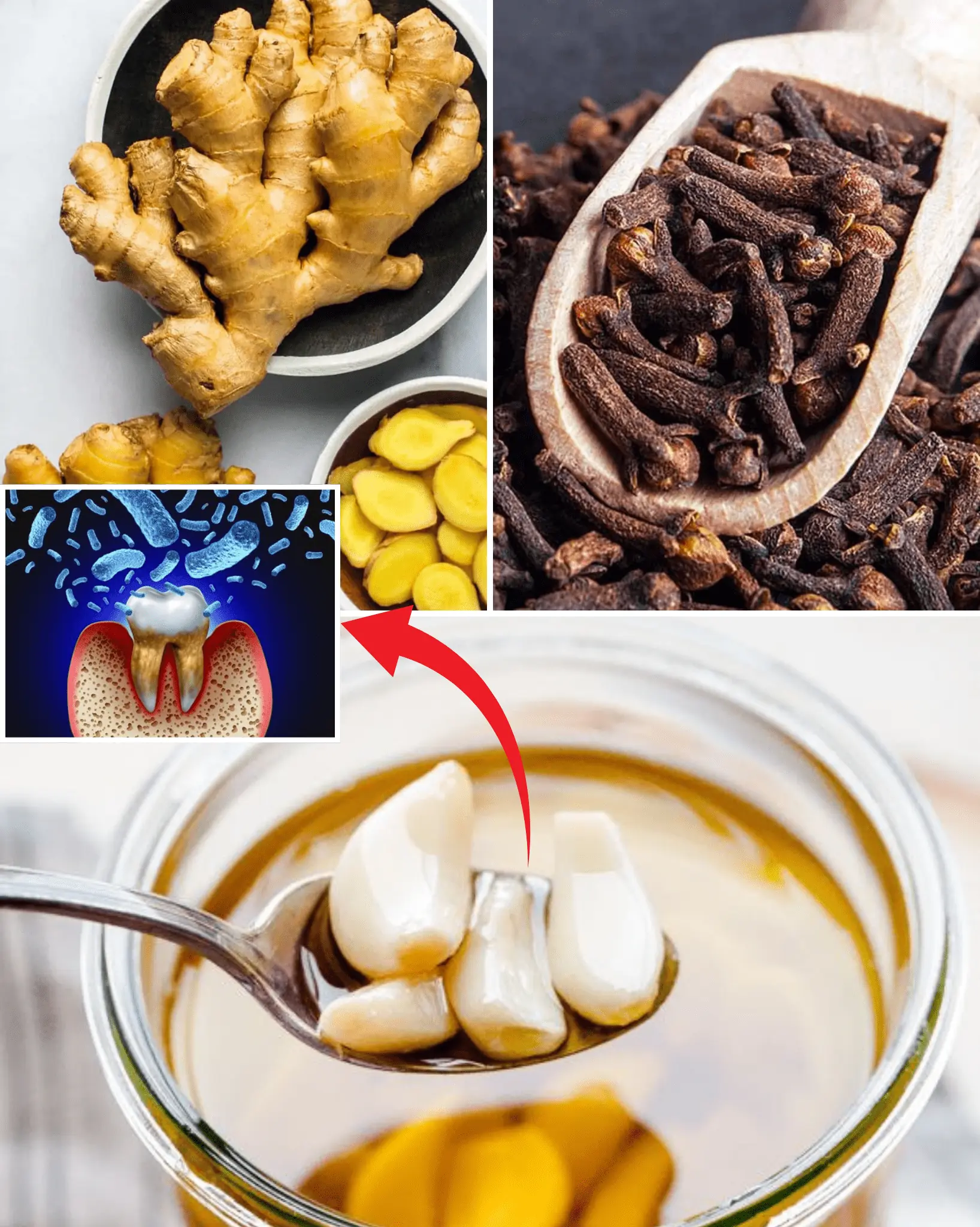
Toothache Secrets Unveiled: 7 Surprising Natural Remedies to Soothe Your Pain
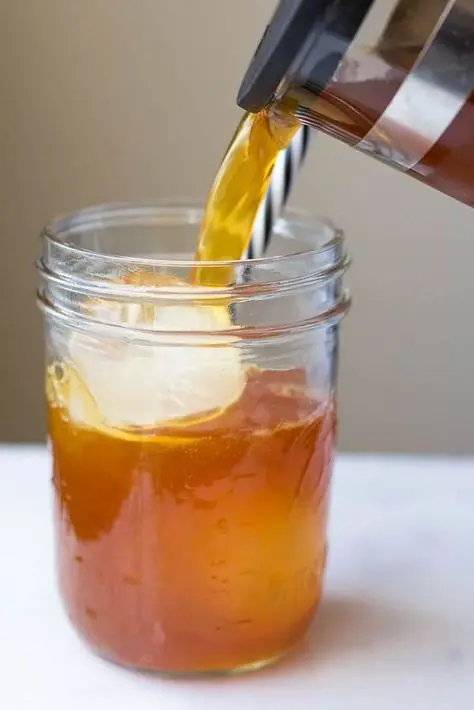
Natural Collagen Powder for Glowing Skin
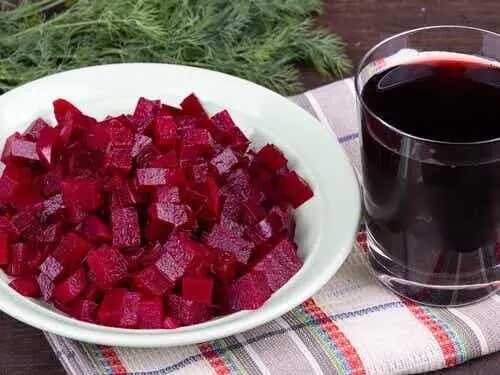
Boost Collagen Naturally with Beetroot: The Secret to Youthful Skin & Strong Joints
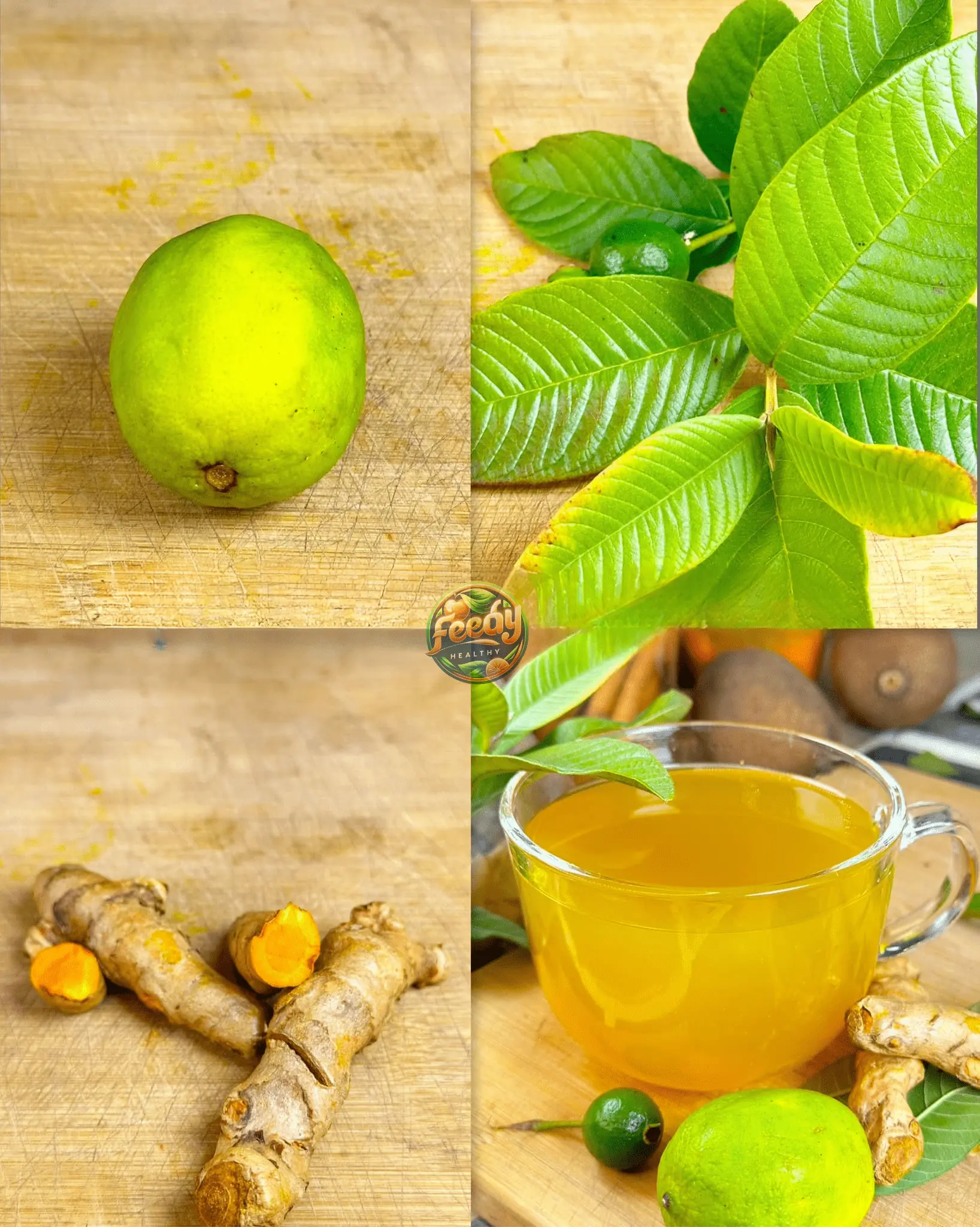
The Drink That Heals All Your Illnesses in the Blink of an Eye – Just One Sip and Feel the Difference!

Enhance Your Lemon Tree’s Growth: Fertilization Tips for Juicy Lemons Until Autumn!

Unlock the Secret to Bountiful Harvests: Nourish Your Tomatoes, Peppers, and Cucumbers with the Right Nutrients

The 7 best fertilizers for your tomatoes – they will grow like never before!
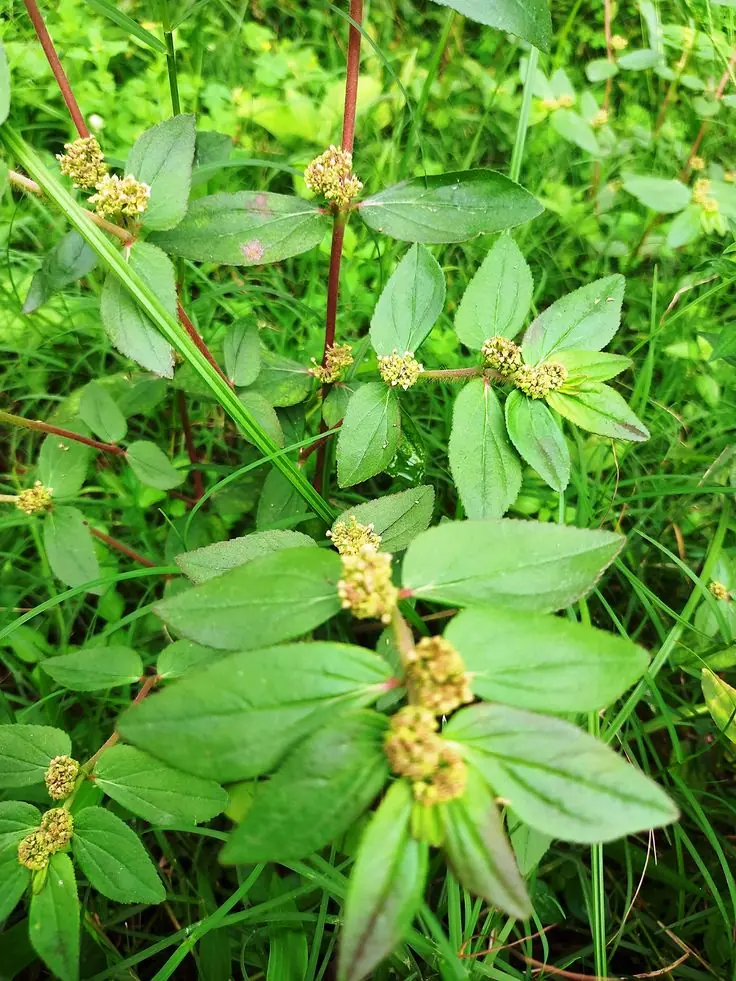
Breathe Easy with Euphorbia Hirta – Nature’s Time-Tested Remedy for Respiratory Relief and Holistic Wellness!

Top 5 Flooring Trends for 2025

Rotisserie Chicken Mushroom Soup: A Creamy, Comforting Delight! 🍗🍄

Irresistible Melting Ham & Cheese Puff Pastry Pockets: A Gourmet Savory Delight

Chocolate Chip Yogurt Cake (No Oven Needed)

Post-Holiday Fridge Cleanout: What You Should Toss Immediately

Easy-to-Grow Indoor Plants to Start the New Year
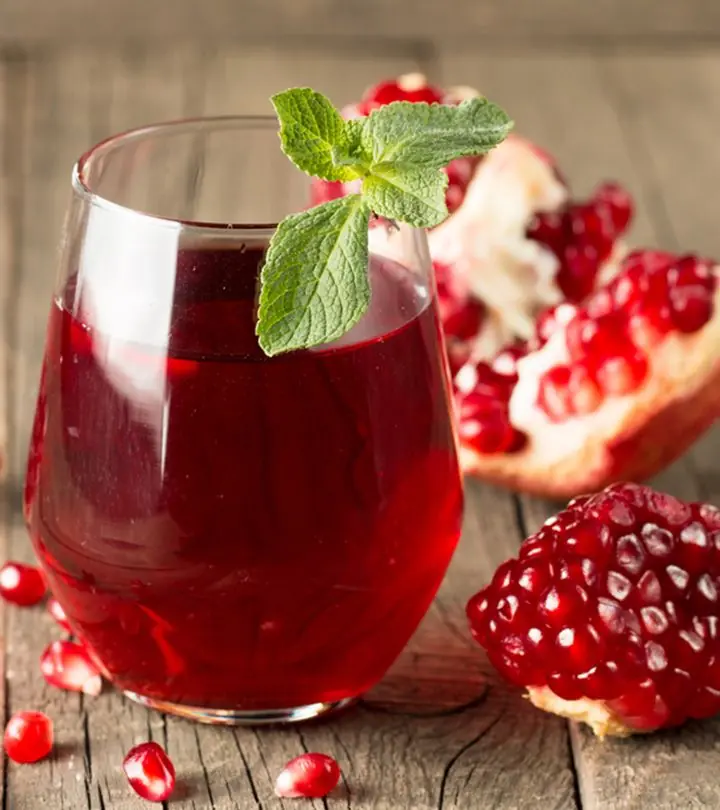
This is the drink that prevents prostate cancer, controls diabetes and poor circulation..

Unlock the Power of Garlic Before Bed – The Results Will Surprise You! 🌙💥 (Almost Nobody Knows!)

6 Cleaning Mistakes That Waste Your Time

Best Fluffy Pancakes – A Family Tradition to Kickstart Your Morning!
